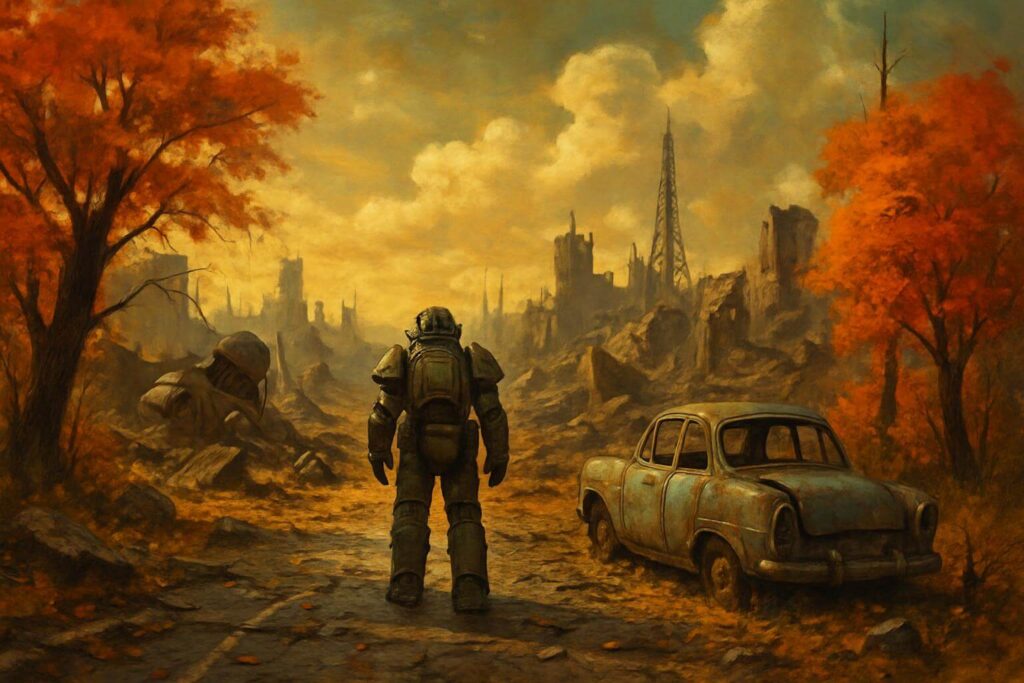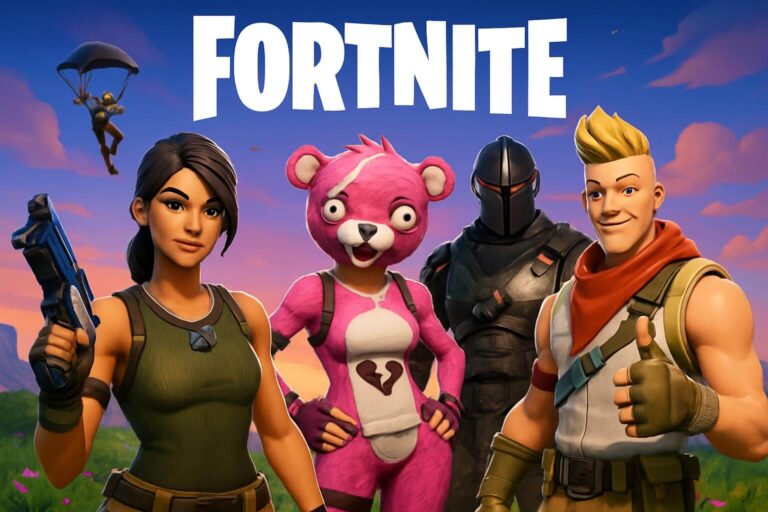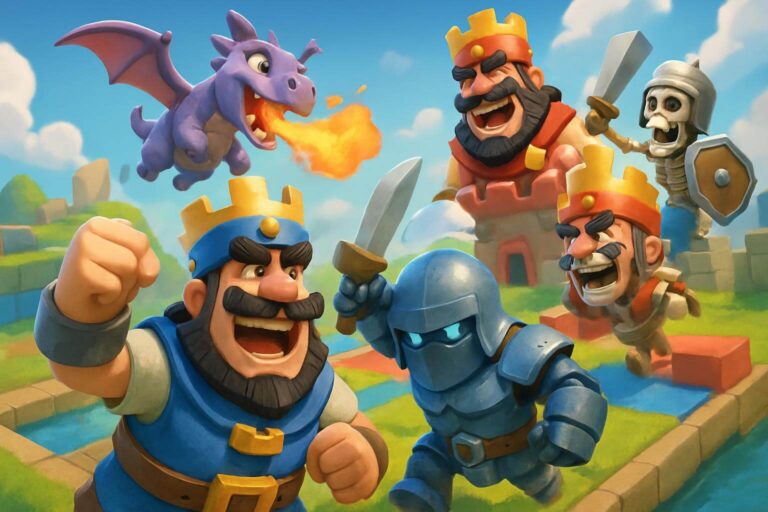
The Day the Bombs Fell
In the Fallout universe, October 23, 2077, changed everything. That was the day the Great War began and ended in less than two hours. The bombs fell, cities vanished, and the world turned into ashes. What began as destruction later became the heartbeat of a massive gaming legacy.
Fans now know October 23 as Fallout Day, a moment to remember that fictional apocalypse — and to celebrate the world that rose from it. The irony is striking. A date born from despair now marks unity, creativity, and survival in spirit.
Fallout Day isn’t about mourning what was lost in that story. It’s about celebrating what grew from it — a community of wanderers, builders, and storytellers.
Fallout Day Through the Years
Fallout Day started as a quiet nod to the lore. Over time, it became a full celebration. Every year, fans gather online and in person to share art, music, and stories about life in the wasteland.
The developers often mark the day with updates, themed events, and special releases across the series. Players dive back into old titles, relive classic quests, and discuss the world that shaped modern gaming storytelling.
The twist? What was once the end of civilization in fiction now brings thousands of people together. The date of ruin became a global reminder of creativity and connection.
Remembering the Fallout Legacy
Fallout’s story began in the late 1990s with a computer RPG that dared to imagine life after nuclear fire. It wasn’t glamorous — it was dark, moral, and painfully human. That tone carried forward through sequels and reboots, each expanding the world’s lore.
The games mixed humor with hopelessness, violence with compassion, and chaos with courage. Every Vault, every mutant, and every scrap of ruined city told a story about survival. That message is what Fallout Day carries today — not the fear of bombs, but the strength of rebuilding after everything falls apart.
Each October 23, fans don’t just celebrate a game. They celebrate resilience. They look back at a world destroyed and imagine what it takes to build again.
How Fallout Day Feels Now
In recent years, Fallout Day has turned into something of a festival. Game communities flood social media with fan art and cosplay. Streamers host charity marathons. Players return to the wasteland — virtual or real — to mark the day together.
Developers drop hints about future projects, share special in-game bonuses, or simply thank the fans who keep the series alive. The energy feels warm and welcoming, not grim or cold.
It’s almost poetic — a world that began with nuclear chaos now inspires joy and creativity. Fallout Day has become less about remembering the bombs and more about celebrating what people have built since.
Fallout Day: Hope in the Wasteland
What makes Fallout Day special is its contrast. The same event that ended humanity in the story now unites it in reality. Fans find meaning in the world’s ruins. They find laughter in its darkest corners. They find hope where the setting once promised only dust.
The Fallout series always taught one simple truth — even after the world ends, people adapt. They fight, rebuild, and rediscover purpose. Fallout Day embodies that message.
Every year, as October 23 rolls around, the community gathers to honor not the apocalypse but the endurance it symbolizes. From art to music, from old fans to new players, the wasteland lives again — not as a warning, but as inspiration.
Beyond the Bombs
Fallout Day has outgrown its grim roots. It now stands as a symbol of rebirth through imagination. What began as a fictional doomsday turned into a global celebration of creativity, resilience, and community.
The wasteland might be dusty and broken, but it’s also full of stories. Every Vault dweller, every scavenger, every survivor adds to the legend.
So when the next Fallout Day arrives, the message is clear — even in the ruins of a make-believe world, hope can still shine brighter than the flash of any bomb.



